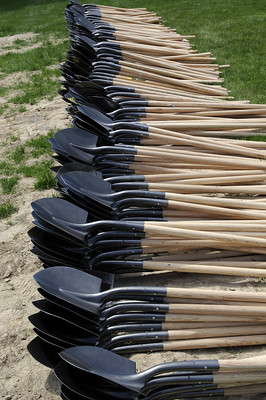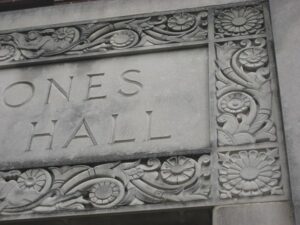The Nampa School District in Nampa, ID voted last month to close four of its K-12 school buildings. According to the school board, they made the decision due to falling enrollment and the $12M annual cost of neglected maintenance on the facilities.
Voters there turned down a $210M bond issue earlier this year by a 3:2 margin. The money would have allowed the district to address its neglected maintenance issues at all of its facilities. As it stands, within four years, the district expects to have a maintenance backlog of $150M. The closures will affect three elementary schools and one middle school. According to the district, it plans to repurpose two of the buildings for special programs. The other two buildings could be sold or razed.
The enormous cost of neglected maintenance affects all facilities, but public institutions seem to have exceptional difficulty managing the ongoing costs. Institutional buildings have an expected lifespan of about 60 years. However, that assumes the institution performs capital refreshes at the appropriate times.
Institutions don’t seem to have a problem understanding the need for both capital dollars and operational dollars when they seek funding for a new building. Curiously, no one plans a third funding stream for maintenance, and when they do, they don’t set aside nearly enough money for upkeep.
This alone should be enough to deter Trustees from approving new construction. Unfortunately, it’s not. Trustees seem to be mesmerized by the prospect of new construction, but they give no thought whatsoever to how much the building will cost to maintain, and how the institution will provide for its future maintenance costs. (They’re supposed to ask these questions, but they never do.)
Cure for neglected maintenance is conditional employment policy
Calculating annual maintenance costs for a building isn’t rocket science. The Facilities team knows how much it costs to do ordinary things in a building each year. In addition to the normal maintenance activities, building systems age in a predictable way. These systems include things like the roof, the windows and doors, the heating and cooling systems, the plumbing, the elevator(s), etc.
Yet, administrations don’t plan for the maintenance and upkeep of their buildings. WCC budgets $300,000 for annual maintenance for the campus. That’s an insult to the taxpayers who have approved hundreds of millions of dollars in bond and millage issues to build and operate these facilities. And after they get their money, they fail the taxpayers by not taking care of the buildings we have built. The Trustees need to develop and implement an asset protection policy that requires the administration to take care of what they have asked the taxpayers to pay for.
If the administration is not willing to commit to taking care of the campus, then asset protection must become a condition of employment for the executive whose priorities lie elsewhere.
Photo Credit: Marquette University , via Flickr
























